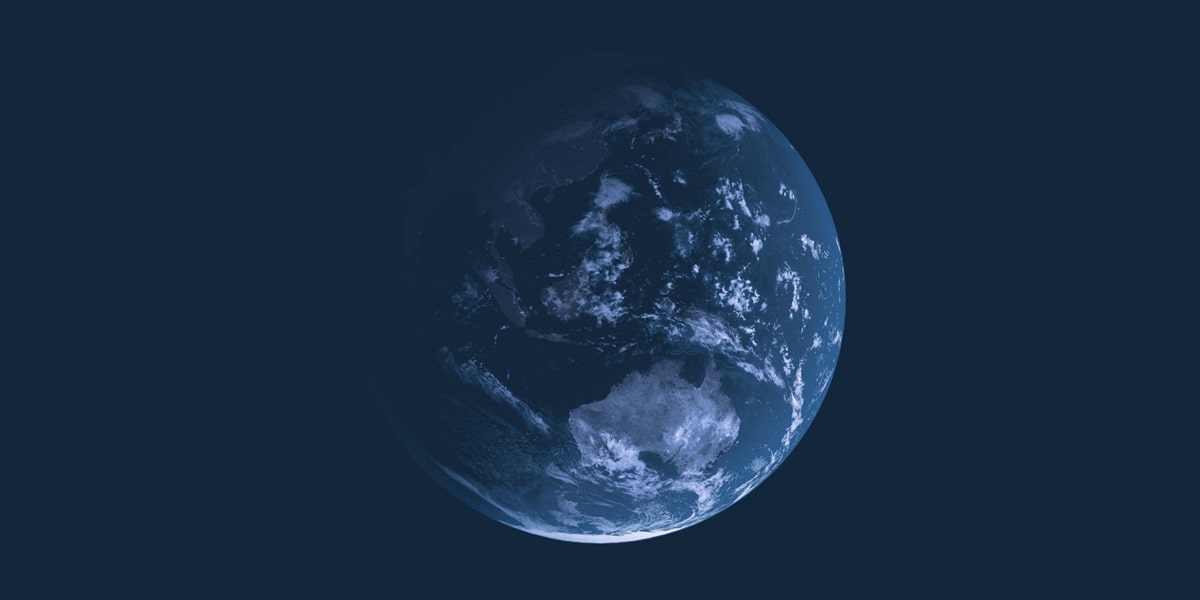Why this Taiwan crisis is more dangerous than the last one
In the decades since the last Taiwan crisis, China’s rapid military build-up has shifted the balance of power around the island decisively in its favour. Originally published in the Australian Financial Review.

If revenge is a dish best served cold, then Xi Jinping might quietly be savouring the trip to Taiwan by Nancy Pelosi, the US House Speaker, a visit which the Chinese have condemned so thunderously in public.
The parallels between the Pelosi visit this week and the last Taiwan crisis just over a quarter-century ago are eerily similar, with the US Congress defying the White House on both occasions to support the self-governing island in the face of threats from Beijing to butt out.
In 1995, Congress forced Bill Clinton to allow then-president Lee Teng-hui to visit his alma mater in the US, even after the then US president had promised Beijing he would not give the Taiwanese leader a visa.
When Lee held the island’s first democratic presidential elections early the following year, Beijing began shelling the waters near Taiwan in a show of force to intimidate voters.
The episode ended in humiliation for Beijing. It had no response when Clinton sent two aircraft carriers to the seas around the island and Taiwan’s voters ignored the missile barrage to deliver Lee a resounding victory.
“Supporting the Taiwan regime to keep China off-balance has been an established policy of every American administration,” a bitter Qian Qichen, the then Chinese foreign minister, said.
Clinton later soothed China’s fury by giving it a small victory on the issue, making a series of pledges known as the “three no’s” which promised the US wouldn’t support Taiwan’s independence.
But the mid-1990s crisis cut deep with the Chinese leadership. Beijing vowed never again would it be put in a position of retreating on Taiwan.
Fast-forward to 2022. As in the 1990s, Pelosi defied the White House’s opposition to her trip and threats from Beijing to travel to Taiwan. Much of Congress and many prominent Republicans have urged her on.
Rapid military build-up
But there is one important difference. In the decades since the last Taiwan crisis, China’s rapid military build-up has shifted the balance of power around the island decisively in its favour.
The People’s Liberation Army now has many more fighter jets, naval ships and submarines than the US in the immediate region, according to the Pentagon’s own count. Such firepower is untested, of course, but the US is not keen to see how the PLA manages its expanded arsenal.
The difference between today and a quarter-century ago is evident in Beijing’s early response to the Pelosi trip.
In late July, Beijing warned that “the Chinese military will absolutely not sit idly by” should Pelosi go. Beijing was trolling Washington with this formulation, as it matches word for word what the US used to say when asked for its response to a Chinese attack on Taiwan.
From later this week, China has announced it will conduct live-fire exercises in six areas which virtually surround Taiwan and impinge on its territory. Foreign ships and aircraft have been warned to stay out of the area, which has some of the most congested waterways in the world.
China’s actions amount to, in not so many words, a temporary blockade of the island.
In the mid-1990s, the Chinese military was not only unable to respond to the US carriers on its doorstep, it didn’t even have the reconnaissance equipment to track their movements. China was, in effect, blind to what was happening on its doorstep.
Now the shoe is on the other foot. China’s exercises intruding into Taiwanese territory are a significant escalation. But the US will be reluctant to escalate further, for fear that it will run into superior forces and trigger a confrontation it can’t win.
‘I’m not saying the visit will start a war...’
On top of that, Beijing has launched a series of co-ordinated actions, including cyberattacks, trade sanctions and pressuring Taiwan’s currency.
Experts warn against dismissing the Chinese response as mere posturing. “Noisy military displays haven’t been the PLA’s default mode for more than a decade,” says John Culver, a former US national intelligence officer for East Asia. “That should have been clear after it built islands in the South China Sea, and from the massive military build-up, aggressive actions, and combat deaths on the Indian border in recent years.”
“I’m not saying that Pelosi’s visit will start a war. But policymakers should understand that the potential for a 1995-96-scale crisis is today at the optimistic end of the spectrum.”
The better comparison may be the stand-off between Tokyo and Beijing over the Senkaku Islands in the East Japan Sea in 2012, when the two sides came close to military conflict after Japan nationalised the disputed territory.
China used that crisis to step up its naval and paramilitary presence around the islands that it calls the Diaoyutai. In doing so, Beijing changed for good the status quo in its favour. Culver believes Beijing will try to use the current moment to do the same with Taiwan.
Pelosi’s trip is no small thing. As House Speaker, she stands third in the line of succession to the presidency and is the most senior US politician to visit the island in a quarter of a century.
White House advisers say Beijing is overreacting to a visit which they contend is no more significant than the regular congressional delegations to Taiwan. But such bland statements belie the administration’s failure to prevent a visit it believed would invite a ton of trouble with few tangible benefits.
Still, for all hysteria surrounding Pelosi’s brief stopover, political leaders in Beijing, Washington and Taipei and further afield consider two other, much less hyped trips this year to carry more significance.
Mike Pompeo and Mark Esper, who served as secretary of state and secretary of defence respectively under Donald Trump, were in Taiwan on separate visits in March and July.
They both delivered a similar message: that America’s two long-standing core policies towards, Taiwan which have held sway for nearly a half-century, were obsolete.
No longer fit for purpose
Pompeo and Esper said that the “one China” policy should be ditched. They also argued that the policy of “strategic ambiguity”, according to which the US doesn’t pledge to defend Taiwan, was no longer fit for purpose.
The “one China” policy, a version of which Australia also adheres to, has always been more subtle and ambiguous than Beijing is willing to admit. Far from accepting Taiwan should fall under Beijing’s rule, the US in its agreement with China in the early 1970s “acknowledged” Beijing’s claim to the island but stopped short of recognising it.
The US signed up to a “one China” formula only because at the time the old Nationalist leader, Chiang Kai-shek was still in power in Taiwan, and his Republic of China also claimed to be the true government of the mainland as well as Taiwan. The current government in Taipei no longer makes such claims.
Pompeo and Esper argue, not without reason, that US policy must change because Beijing itself has been shifting the status quo on Taiwan for years, with threats of military action and other measures.
Still, dumping the “one China” policy would be tantamount to beginning the process of recognising Taiwan as an independent nation. That would almost certainly trigger a declaration of war from China, no matter how well the island was defended.
“Even if the US put 200,000 troops and nukes on Taiwan, I still don’t think that would deter China in those circumstances,” a former senior State Department official says.
Pelosi chose her words carefully after meeting Taiwan’s President Tsai Ing-wen, making sure not to break through the policy guardrails as the senior Republicans did. But Pompeo and other Republican candidates are likely to run hard against the “one China” policy into the 2024 US presidential election.
Likewise with “strategic ambiguity” – which, under Joe Biden, has become more like strategic confusion, as the president keeps contradicting the policy in public, only for his officials to row back his comments soon after. The pressure to dump this policy will also grow.
The current crisis carries significant risk for Xi Jinping should he overplay his hand. With China’s economy and property market in the doldrums, he can afford little to go wrong as he approaches the once-in-five-year party congress later this year, when he is seeking a norm-busting third term.
The Chinese internet has been full of mordant jokes from locals this week. “All I want to know is, if war breaks out tonight, where can I get my PCR test tomorrow? Will I still have to pay my mortgage?”
The country most at risk is Taiwan, whose leaders have mixed feelings about the Pelosi visit. Some welcome it, as a high-profile affirmation of support for the island’s democracy.
Tsai has assiduously rebuffed Beijing’s demands since winning office in 2016 while refraining from any gestures that might give China an excuse to increase pressure on the island. Privately, according to US officials, she was less enthusiastic about the Pelosi trip.
Whatever the lasting impact of this week’s events, a showdown over Taiwan is edging ever closer.


